Unveiling Dante’s Inspirations: How The Divine Comedy Shaped Art and Culture
Italy, a country steeped in history and culture, owes much of its heritage to one man – Dante Alighieri. Known as The Supreme Poet, Dante’s epic narrative poem, the Divine Comedy, stands as Italy’s most significant literary work, inspiring artists and scholars for centuries.
Dante’s vivid portrayal of the afterlife, spanning the Inferno, Purgatory, and Paradise, revolutionized literature, paving the way for the modern Italian language and reshaping perceptions of religion and the hereafter. While all three parts of Dante’s masterpiece hold influence, the Inferno stands out for its impact on art and religion.
Never before had hell been depicted with such clarity. The macabre imagery Dante conjured up in his poem continues to captivate and inspire artists to this day. Here are some notable artists whose works have been influenced by Dante’s Divine Comedy.
Artists Inspired by Dante’s Divine Comedy
Sandro Botticelli (1445-1510)

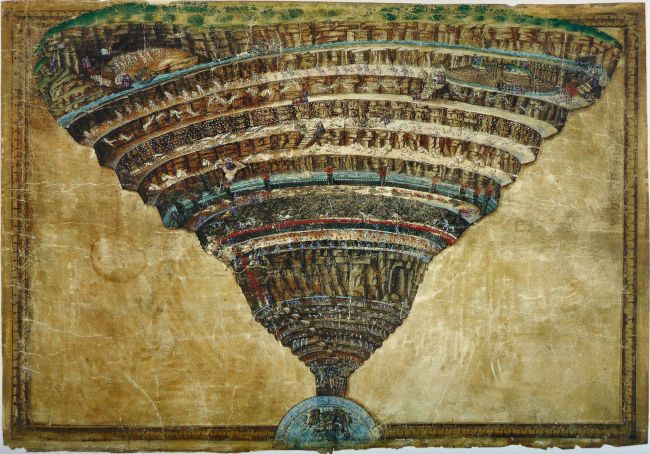 By the late 1400s, Botticelli’s illustrations of The Divine Comedy for Lorenzo di Pierfrancesco dei Medici showcased the artist’s exceptional talent. Departing from traditional book illustrations, Botticelli created large, intricate artworks for each canto, capturing the essence of Dante’s text with precision.
By the late 1400s, Botticelli’s illustrations of The Divine Comedy for Lorenzo di Pierfrancesco dei Medici showcased the artist’s exceptional talent. Departing from traditional book illustrations, Botticelli created large, intricate artworks for each canto, capturing the essence of Dante’s text with precision.
Botticelli’s Map of Hell, a detailed depiction of Dante’s underworld, remains a masterpiece, with interpretations still unfolding. His reverence for Dante is evident in his portrait of the poet, reflecting deep admiration.
Stradanus (Giovanni Stradano) (1523-1605)
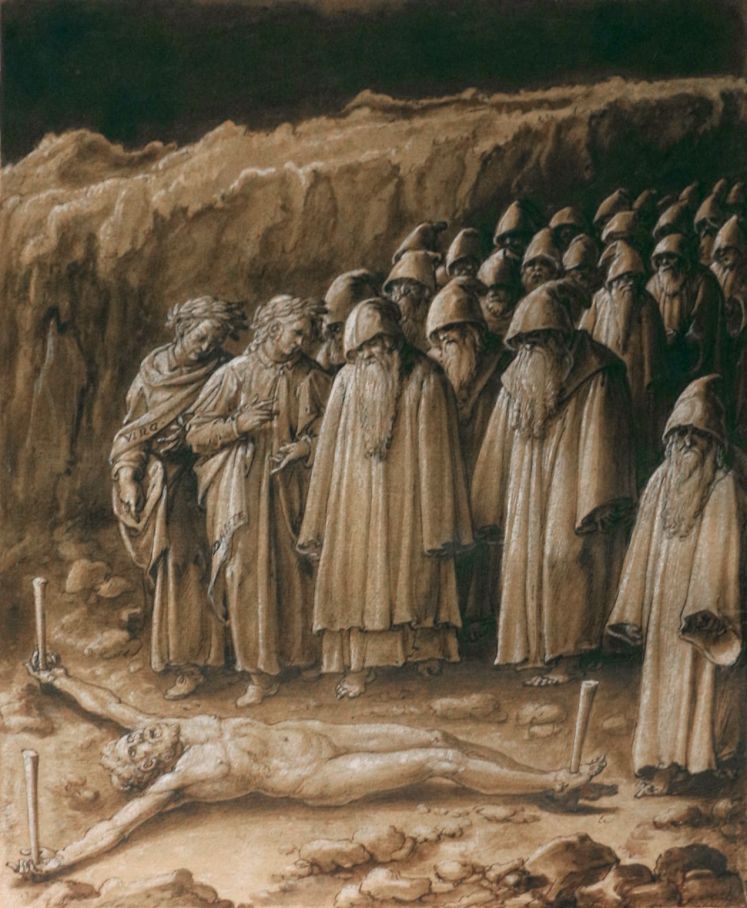
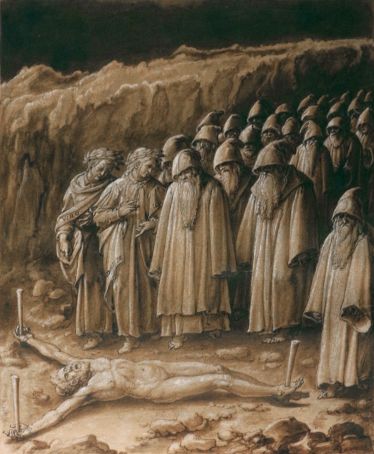 Stradanus, a Flemish artist living in Florence, blended Italian Mannerism with his Nordic roots in his Divine Comedy illustrations. His depictions of hell and the damned, preserved in the Laurentian Library, showcase a unique fusion of cultures.
Stradanus, a Flemish artist living in Florence, blended Italian Mannerism with his Nordic roots in his Divine Comedy illustrations. His depictions of hell and the damned, preserved in the Laurentian Library, showcase a unique fusion of cultures.
His work, featuring scenes of damnation and maps of the underworld, continues to intrigue, even inspiring modern works like Dan Brown’s Inferno. Stradanus’s artistry transcends time, capturing the essence of Dante’s vision.
William Blake (1757-1827)
In 1825, William Blake embarked on a series of 102 drawings inspired by Dante’s Divine Comedy, delving deep into themes of sin, guilt, and salvation. Blake’s unique interpretation of Dante’s vision, while critical at times, reveals a profound intellectual connection to the poet.
Paul Gustave Dore (1832-1883)
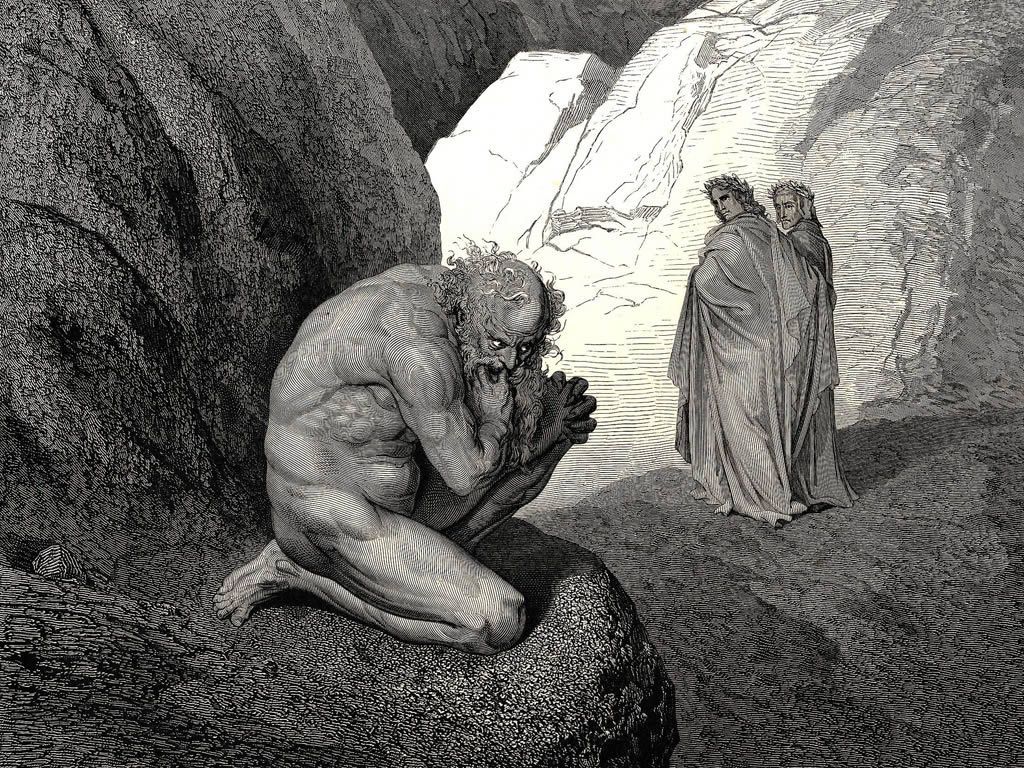
 Paul Gustave Dore, a renowned illustrator, dedicated years to creating a visual masterpiece of Dante’s Divine Comedy. His fusion of realism and romanticism brought Dante’s words to life, captivating audiences with his intricate and emotive illustrations.
Paul Gustave Dore, a renowned illustrator, dedicated years to creating a visual masterpiece of Dante’s Divine Comedy. His fusion of realism and romanticism brought Dante’s words to life, captivating audiences with his intricate and emotive illustrations.
Dore’s legacy as an artist inspired by Dante endures, his works immortalizing the poet’s vision and enriching our understanding of the Divine Comedy’s enduring influence on art and culture.
So enamored was Dore with Dante that he took it upon himself to fund the publication of the first book Inferno.
Dante was a beloved figure in mid-19th-century France, and Dore’s illustrated book quickly gained popularity and success. Hachette published Purgatory and Paradise in 1868 as one volume, followed by translations of The Divine Comedy with Dore’s illustrations in multiple languages.
Dore’s illustrations of The Divine Comedy are considered masterpieces, capturing the essence of Dante’s epic. Some even speculate on a telepathic connection between Dante and Dore, as Dore breathed life into Dante’s afterlife structure through his art.
William Bouguereau (1825-1905)
Known for his realistic paintings on mythological and religious themes, Bouguereau’s work, such as L’Amour et Psyche, often went unappreciated in his time due to his rejection of popular art movements. However, his depiction of Dante and Virgil in Hell ties him to the Divine Comedy.
In Canto VII, Bouguereau captures the encounter between Dante and Virgil with falsifiers, including a striking moment where Capocchio is attacked by Gianni Schicchi.
Auguste Rodin (1840-1917)
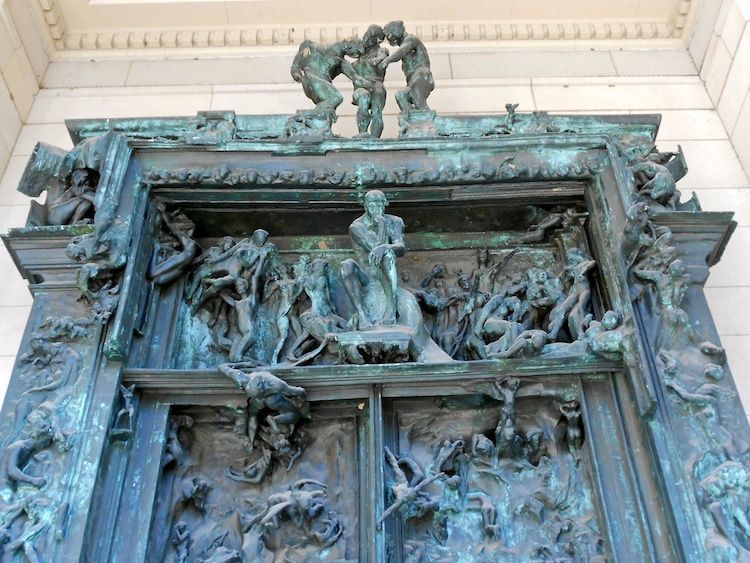
Rodin, the father of modern sculpture, carried a copy of The Divine Comedy with him wherever he went, inspired by Dante’s character sculpting in poetry. Commissioned in 1880 to create a sculpture for Dante, Rodin embarked on The Gates of Hell, a portrayal of Dante’s hell with vivid details and gestures of despair.
Franz Von Bayros (1866-1924)
Von Bayros, an Austrian illustrator and author, gained fame for his richly detailed illustrations, including those for The Divine Comedy. His pre-Raphaelite style shines in his depiction of the violence in the seventh circle of hell.
Salvador Dali (1904-1989)
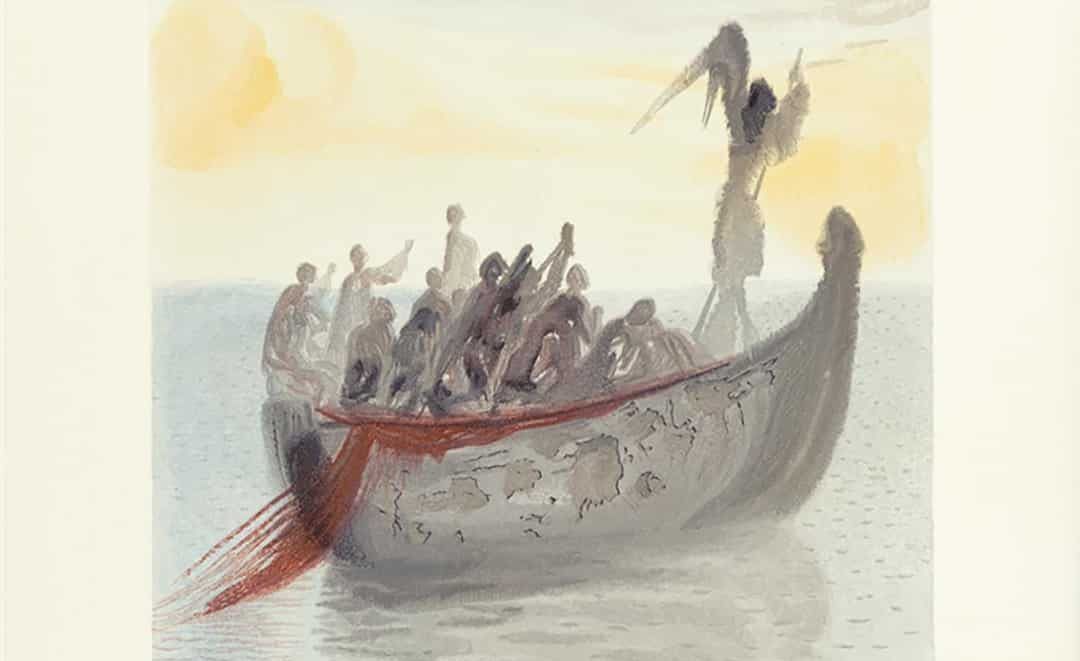
To commemorate Dante’s 700th birth anniversary, Dali created a set of illustrations for The Divine Comedy using watercolors and woodcuts. His emotive works, crafted between 1950 and 1959, capture the essence of Dante’s epic journey through the afterlife.
Each artist’s interpretation of Dante’s work reflects a unique perspective, showcasing the enduring influence of Dante’s masterpiece on Western art.
By Andrew Sagerson
Are you tired of the same old content? Looking for something fresh and unique? Well, look no further! Our blog is here to provide you with a one-of-a-kind reading experience that will keep you coming back for more.
With our expertly crafted content and attention-grabbing HTML tags, you’ll be hooked from the first click. Whether you’re a seasoned reader or just starting out, our blog has something for everyone.
So why settle for boring when you can have extraordinary? Join us on this exciting journey of discovery and let our blog ignite your passion for reading like never before. Get ready to be captivated, inspired, and entertained – all in one place. Welcome to a new world of content that will leave you wanting more.
Source link



